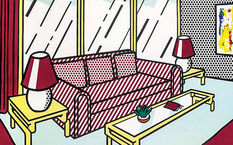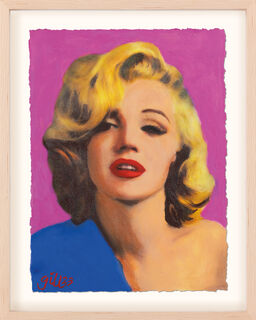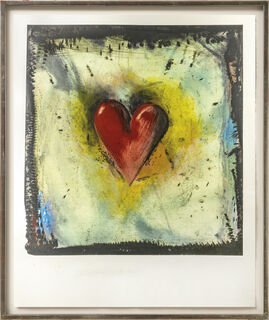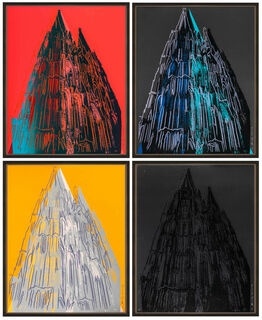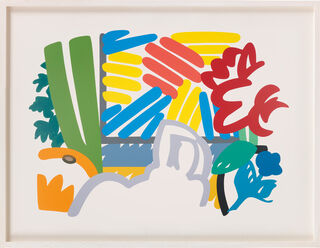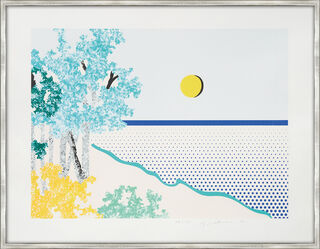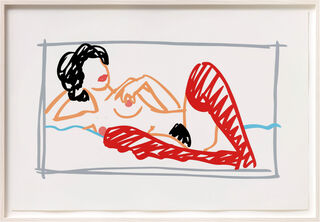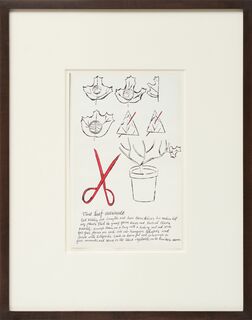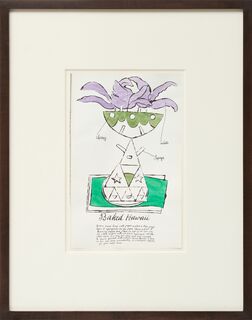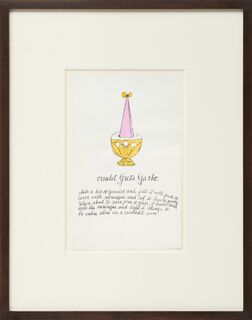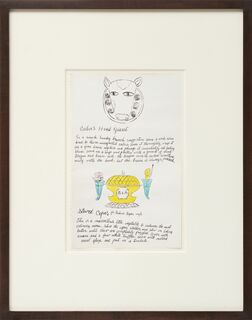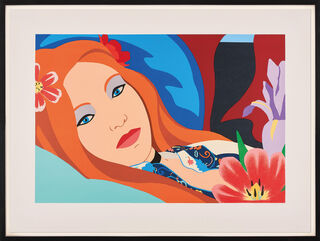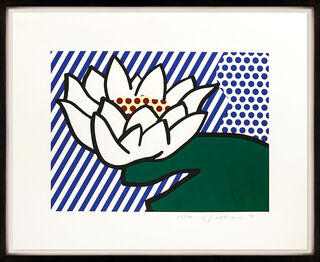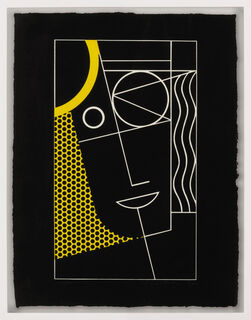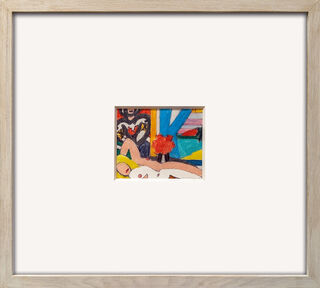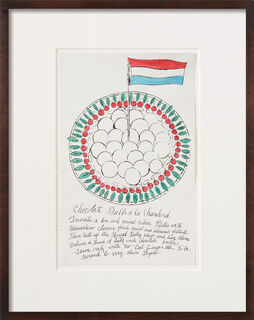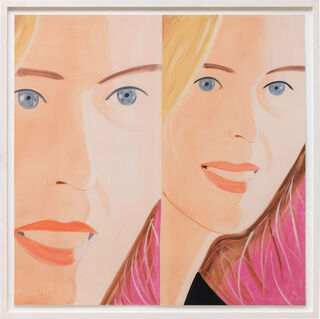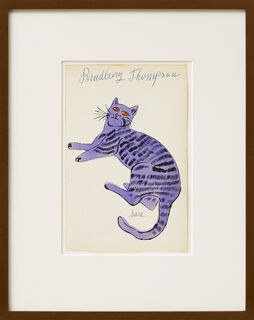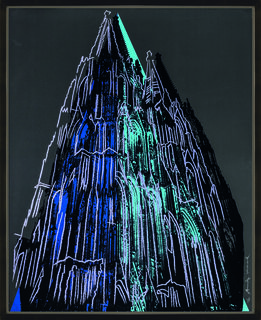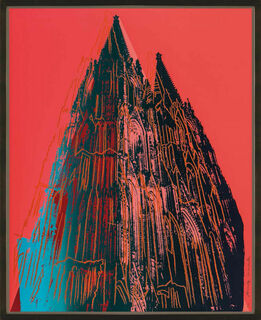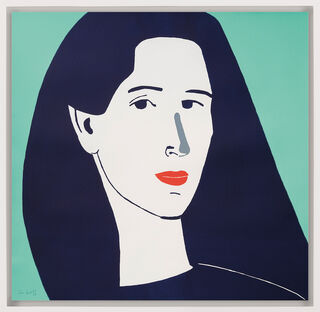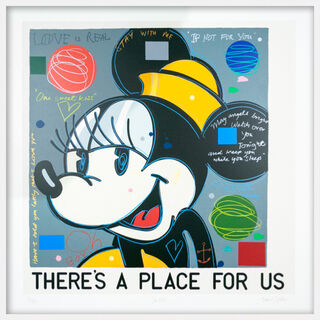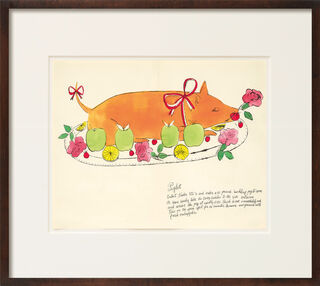Pop Art
The emergence of Pop Art is unimaginable without the visual language of advertising and comic strips.
In their radical departure from the prevailing expressionist painting, David Hockney, a participant in documenta in Britain, or Wolf Vostell in Germany often processed everyday objects with the means of collage into bright, oversized visual worlds.
As a deliberate departure from academic painting, they mostly lacked any depth of field. The viewers are addressed directly with clear representationalism in the illustration and reduced colouring, often using only primary colours.
Richard Hamilton is considered the "father of Pop Art" with his collage "Just What Is It That Makes Today's Homes So Different, So Appealing?" from 1956, in which all the elements of this style already appear.
Pop Art and Pop music formed a symbiosis that dusted off the concept of "culture" from its elitist habitus. Among other things, Warhol designed an album cover for the Rolling Stones and The Velvet Underground.

